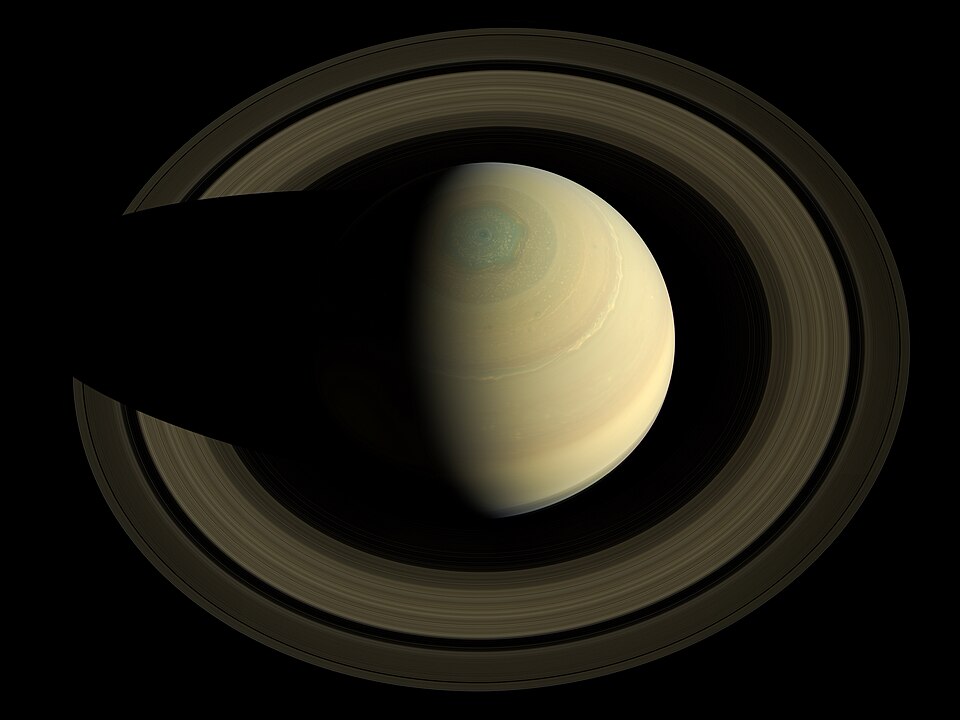NASA's Cassini Mission: A Historic Moment in Space Exploration

On July 19, 2013, NASA's Cassini spacecraft achieved a remarkable milestone by capturing an unprecedented image of Saturn, its rings, and Earth simultaneously. This event, widely celebrated among space enthusiasts and the scientific community, occurred as Cassini slipped into Saturn's shadow, allowing its cameras to take advantage of a unique viewing geometry. This photograph, spanning approximately 404,880 miles (651,591 kilometers), marked only the third time that Earth had been imaged from the outer solar system and the first time that inhabitants were notified in advance about the impending photograph.
The image, taken during a rare alignment, showcases not only Saturn but also its seven moons and the inner rings backlit by the sun. According to Dr. Linda Spilker, Cassini Project Scientist at NASA's Jet Propulsion Laboratory, "This event allowed us to see Saturn in a way we had never seen before, revealing details of its magnificent rings and moons that were previously obscured by the Sun's glare" (NASA, July 19, 2013).
The Cassini mission, launched in 1997, provided invaluable data about Saturn and its complex system over a 13-year period, concluding its operations in 2017. During this time, the spacecraft performed numerous flybys of Saturn's moons, particularly Titan and Enceladus, discovering evidence of potential subsurface oceans and organic chemistry that could support life.
In addition to its scientific contributions, the Cassini mission has had a lasting influence on future space exploration initiatives. The design principles and operational strategies developed during Cassini's 20-year journey are being applied to the upcoming Europa Clipper mission, which is set to launch in 2024. Europa Clipper aims to explore Jupiter's moon Europa, where scientists believe a subsurface ocean may harbor conditions conducive to life. Dr. Thomas Zurbuchen, Associate Administrator for NASA's Science Mission Directorate, stated, "The pioneering work done by Cassini has laid the groundwork for future missions, ensuring that we continue to unveil the mysteries of our solar system" (NASA, 2023).
The Cassini mission not only deepened our understanding of the Saturn system but also inspired a new generation of scientists and engineers. The images captured during its tenure have sparked public interest in space exploration and emphasized the importance of continued investment in scientific research. According to Dr. Sarah Johnson, Professor of Astronomy at the University of California, Berkeley, “The Cassini mission has shown us how interconnected the exploration of our solar system is with understanding the potential for life beyond Earth” (Journal of Space Exploration, 2021).
The implications of Cassini's findings extend beyond Saturn, influencing studies on exoplanets and the search for extraterrestrial life. As humanity stands at the brink of new discoveries, the legacy of the Cassini mission serves as a reminder of the potential that lies in the unknown. The future of space exploration appears promising, with missions like Europa Clipper poised to expand our horizons and deepen our comprehension of the cosmos. As Dr. Richard K. Gibbons, a leading astrobiologist at the Massachusetts Institute of Technology, noted, "Every mission teaches us more about our universe and ourselves, and Cassini was a pivotal chapter in that story” (Astrobiology Magazine, 2022).
Advertisement
Tags
Advertisement





